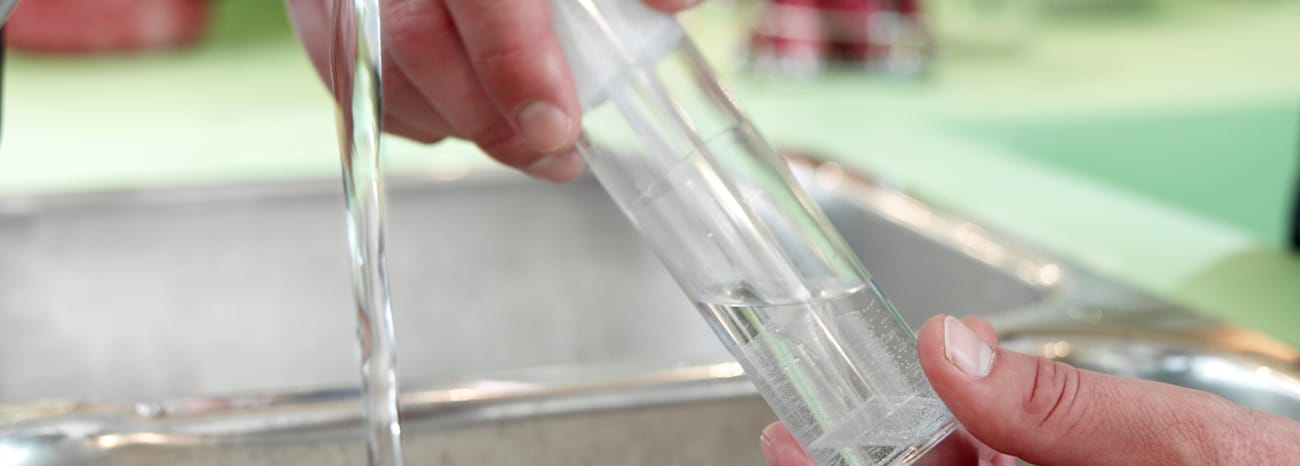According to the CDC, there are 15 million homes in the United States that get their water supply from privately owned wells. While the rest of the world’s water supply is regulated by the Environmental Protection Agency, it is the responsibility of the homeowner to maintain a clean and functioning well system. Moyer fills you in as to what kinds of testing you should be conducting if your home has a well system in place.
What basic testing should I do for a well system?
Contaminates present in your water can cause health problems like gastrointestinal illness, reproductive issues, or neurological disorders. They can also be dangerous to the elderly, young children, or those whose immune systems are compromised due to illness.
These are some of the most common things Moyer tests well water for:
- GPG Hardness. GPG hardness wastes soap, forms scale, clogs hot water heaters and pipes. The U.S. Department of Interior and the Water Quality Association tells us that less than 1.0 is soft, 1 to 3.5 is slightly hard, 3.50 to 7.0 is moderately hard, 7.0 to 10.5 is hard, and 10.5+ is extremely hard. Moyer Indoor | Outdoor recommends a softener of 6 gpg of hardness.
- PPM Iron. The E.P.A. recommends under 0.3 pm may cause red staining on plumbing fixtures and clothes. A polystyrene resin softener can eliminate up to 0.3 ppm of iron. A zeolite resin softener can eliminate up to 8.0+ ppm of iron.
- The measure of the acidity of water. 7.4 to 7.6 is ideal range. 7.0 or lower should be treated by an acid neutralizer which raises hardness by 8-10 gpg. A zeolite resin softener will raise pH and soften water.
- PPM Chlorine. The maximum allowable for public water is 2.0 ppm. The local municipal water suppliers try to remain below 0.8 ppm. There are two ways to remove chlorine from water – an activated carbon filter or reverse osmosis system.
- PPM Total Dissolved Solids. The ideal range should be between 80-2000 ppm. Anything under or over will cause corrosive conditions. You can raise TDS’s by adding soda, sodium or calcite compounds. To lower TDS’s, you’ll need to use a reverse osmosis unit.
How often should my well system be tested?
The National Ground Water Association (NGWA) recommends our home’s well system should be tested annually for the presence of bacteria, nitrates and other contaminants to ensure the health and safety of your water supply. You should also check for any mechanical issues during these tests as well to ensure the system is functioning properly.
More frequent testing should be considered if:
- You notice a change in the taste, odor, or appearance of your water
- A recent potential contamination resulting from a broken well cap, floodwaters, etc
- There has been previous bacterial contamination
- A malfunction in your septic system
- Guests or family members have been reporting recurrent incidents of gastrointestinal distress


